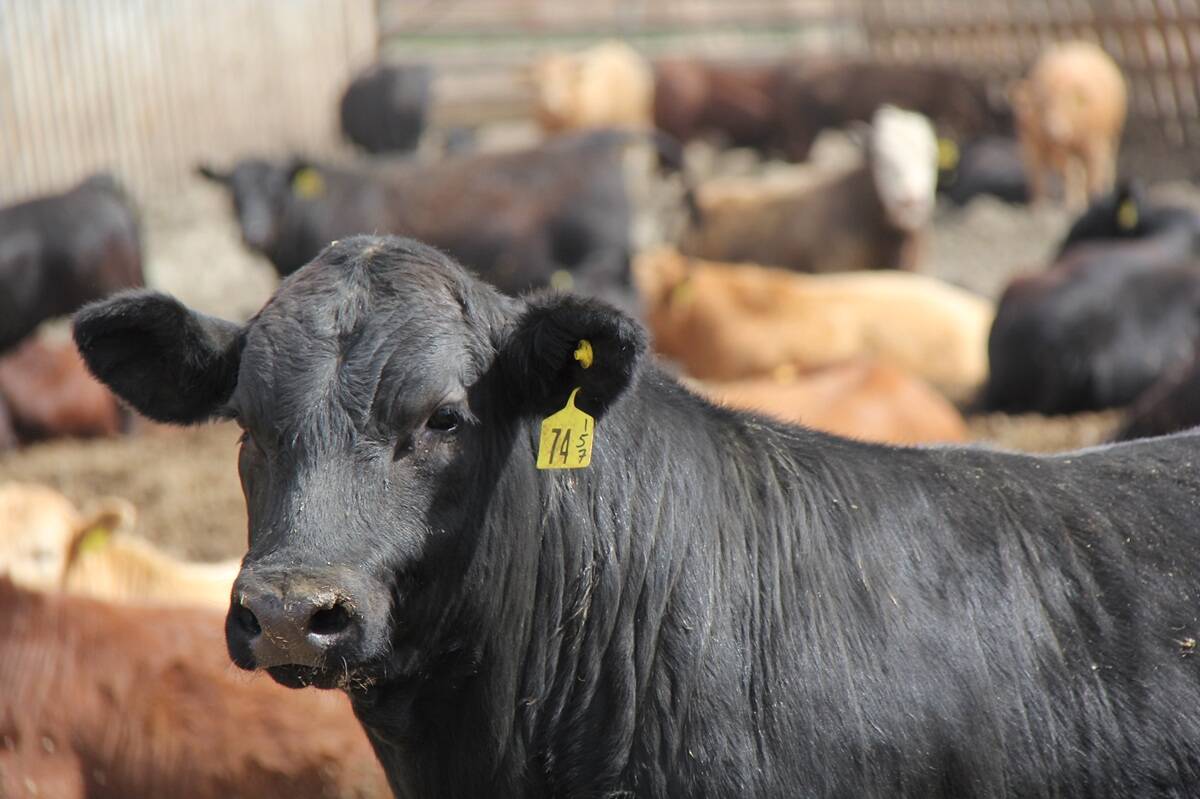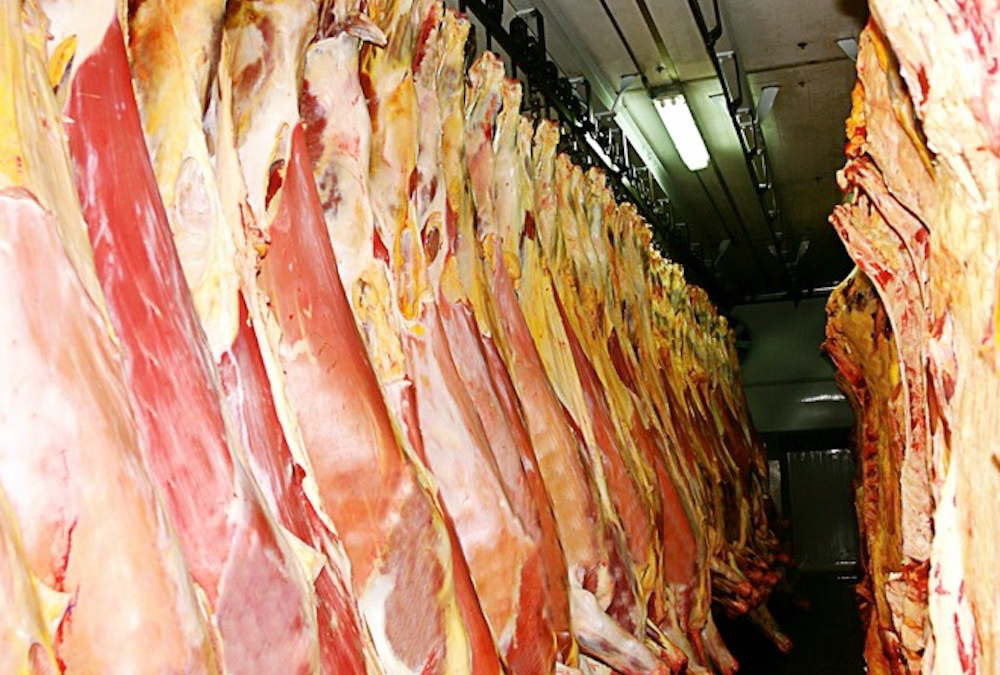Canada’s trade has doubled in the past decade and much of that has been to China, our second-largest trading partner. On March 4 the Canadian government opened public consultations for a possible Free Trade Agreement (FTA) between the two countries and this platform will stay open until June 2, 2017.
Glen Hodgson, senior fellow with the Conference Board of Canada, reminds us that although China’s growth has slowed and its population is aging, there are still 400 million persons in its middle class that will want to spend money. With the average annual income now approaching US$8,600, consumers will have discretionary funds (the average Chinese spends US$7 per day in total). The economic footing of the country is still out of balance as it is plagued with housing, financial and currency woes, but there is an assumption of maturity in these areas.
Read Also

Mycoplasma bovis in beef cattle causes more than pneumonia
M. bovis causes pneumonia and is a major cause of infectious arthritis in calves and feeder cattle
To compete globally, Canada needs access to China and that requires the removal of tariff and non-tariff barriers that make trade so difficult. It also requires a new transparency that is unprecedented and relationship building that Canadians have long been criticized to be slow at understanding. When I checked in with a Canadian colleague who is a senior executive living in China, he mused that the three foundational pieces in an FTA would be transparency, reciprocity and enforceability. He also reminded me that there has to be a clear understanding of Chinese culture and value systems. A trade agreement will not trump family honour.
Fair enough. The trade question is not of China’s morals but of our readiness. A study by Aimia Inc. revealed that in asking 348 Canadian businesses with exportable products and employees of 50 or more, very few were export-ready. In fact, 46 per cent felt they could not identify a market, 63 per cent did not know what steps to take and 24 per cent did not even know where to start. The obvious urgency in providing capital to scale up is therefore not a solution in itself. Rather we need a plan that encompasses all the segments of successful trade.
The report from the Advisory Council on Economic Growth, commonly referred to as the Barton Report, was released to the public in February of this year and addresses much of the readiness issues we have. Recognizing the lack of export savvy in some regions and the abundant resources that would allow for further development, the report calls on agfood to be the template for Canada’s economic growth and prosperity with a strong focus on value-added products and technologies, knowledge and data, to position Canada as a global trading hub.
- More ‘Straight from the hip’ with Brenda Schoepp: Trading places
To get there the report acknowledges that most Canadians do not understand trade and this conversation needs to take place. The improvement in infrastructure from intelligent systems to improved air transport is as critical as those deep relationships that are required to make a deal. Canada’s broken rail system and bottlenecks need to be addressed to accommodate the speed of commerce.
That trading hub would include improved trade with our current partners and enhanced trade with strong economies in which we do not have a strong presence, such as China. Why? Although China has quadrupled their trade activity in the past 21 years, Canada’s share in that action is down by approximately 25 per cent and we have been scooped by Australia, New Zealand, Switzerland, Iceland, Costa Rica, Peru, Singapore and South Korea who all have FTAs with China.
As for the harmonization of regulation and standards in a FTA, I offer a word of caution as Canada’s food safety and processing standards are some of the highest in the world. What level of quality do we expect in return for our clean food? How firm will we be on issues like toxic metals? And the issue of purity is always one that comes to mind in everything from pharma to construction.
We have plenty of potential to put a dent in the Chinese cupboard with Canadian food and that will create work for Canadians. With the cost of manufacturing in China at 40 per cent of that in Canada, it will be tough to compete. We, however, do not need to make widgets. The job opportunities will reside in agriculture and food processing, which is the nation’s largest manufacturing employer and the greatest contributor to GDP. There will be jobs in infrastructure, improved physical movement of goods, manufacturing and transportation, science and technology (including genomics), construction and in services.
One thing is for certain, we can expect this deal to be long-term just like the Foreign Investment Promotion and Protection Agreement (FIPA) that we signed with China which came into effect in 2014. This agreement has a 31-year lifespan that protects Chinese investment in Canada. And, China, as an ancient society, likes to set the rules. They created the Asia Infrastructure Investment Bank, competing directly with the World Bank and the Asia Development Bank. China is also creating Regional Comprehensive Economic Partnerships (RCEP) and is talking with India and East Asia. Canada’s challenge is to stay in the loop with the speed of progress that China is experiencing with other countries.
According to the Chinese press, the plan is to aggressively seek FTAs with other countries including Canada. Discussions have already begun between the two countries with the first meeting held in Beijing on February 20-22 of this year to look at the feasibility of a Canada-China free trade agreement. As agriculture and agri-food are top priorities for both countries, it is important to weigh in on the discussion.
















